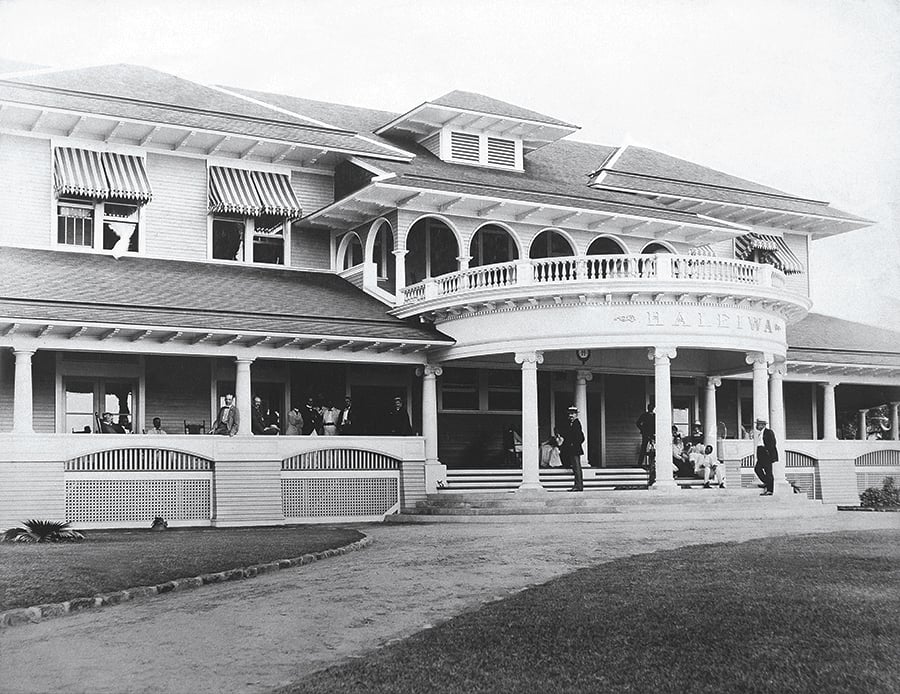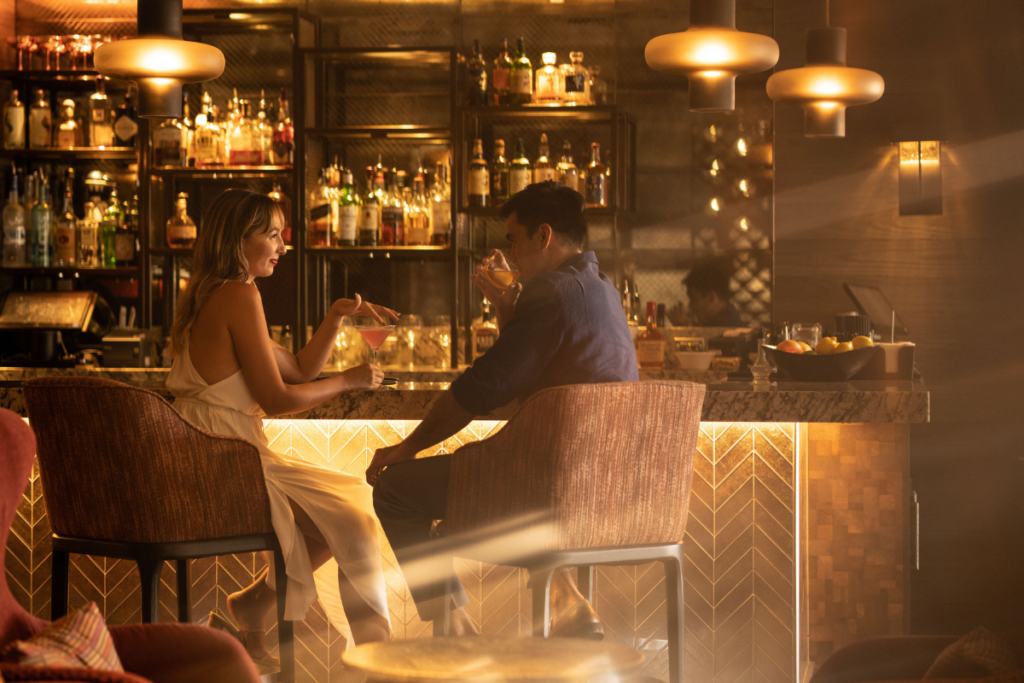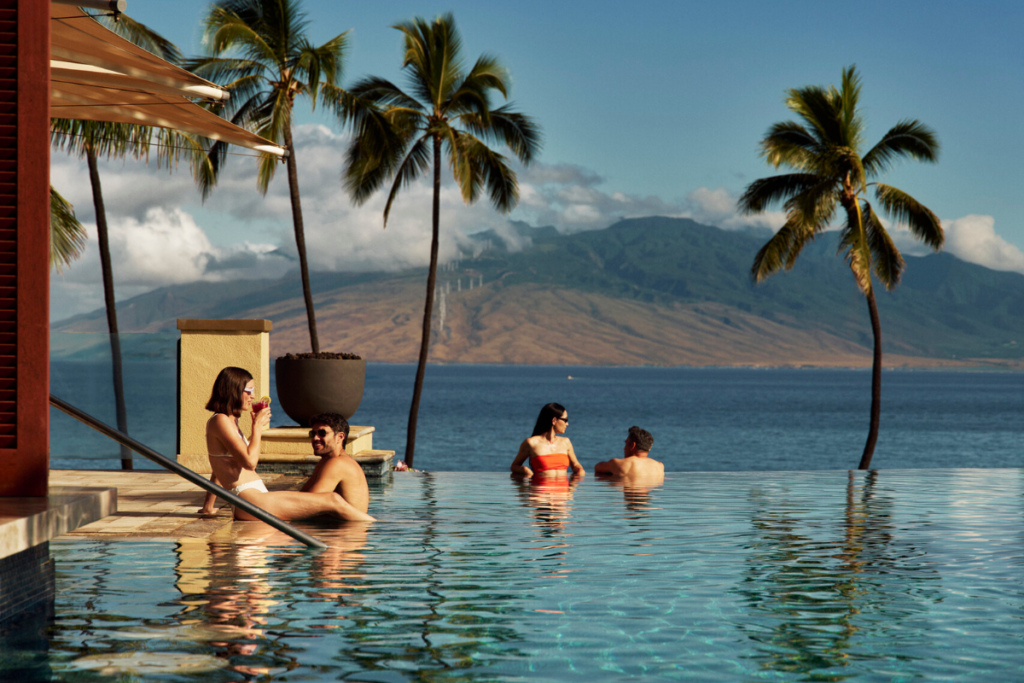How the North Shore’s Oldest Hotel Helped Create the Haleʻiwa We Now Know Today
Without the Haleʻiwa Hotel, there would have been no Haleʻiwa.

Do you know the story of the Haleʻiwa Hotel?
Not many people do.
The illustrious property closed its doors in 1943, as the epicenter of Oʻahu’s tourism industry cemented itself in Waikīkī, and the building itself was torn down a decade later in 1953. But for a moment, this country estate served as a dream trip for affluent visitors and its legacy will live on for the ages.
Many people assume that either the Alexander Young Hotel—opened in 1902—or the Moana Hotel—opened in 1901—are Oʻahu’s first major hotels. However, the Haleʻiwa Hotel opened its doors on Aug. 5, 1899, beating out the Moana Hotel by over a year. The Haleʻiwa Hotel was actually a part of the Oʻahu Railway & Land Company (OR&L), owned by businessman Benjamin Dillingham, and was originally constructed to serve as an add-on attraction to gain more passengers.
Fun fact: At the time, a round-trip, two-day excursion by train from Honolulu to Haleʻiwa, which went around Kaʻena Point on the island’s westernmost coast, cost a grand total of $10. That included an overnight stay at the hotel, as well as a tour through the bustling Waialua sugar mill and a carriage ride up to Wahiawā.
The hotel and its 14 luxurious suites, each with a bath and hot-and-cold running water—a luxury at the time—became a huge success. While on the property, guests could play tennis, fish, canoe, ride glass-bottom boat rides and golf on a now-removed oceanfront nine-hole course that was, according to some reports, the second golf course ever to be built in Hawaiʻi. The Halʻeiwa Hotel was visited by some of the Island’s most affluent residents and visitors and put Haleʻiwa on the map … literally.
Before the construction of the hotel, there was no Haleʻiwa. The area was simply undeveloped land, and Waialua, the closest town, was a humble community of sugar plantation workers. Supposedly, the name Haleʻiwa, which in the Hawaiian language translates to “the house of the ʻiwa bird,” was taken from the girls’ dormitory built by Protestant missionaries in Waialua, while some sources claim it was construed specifically for the hotel by the property’s first manager, Curtis Piʻehu Iaukea, who also served as a court official, army officer and diplomat of the Kingdom of Hawaiʻi.
Regardless of how its name came to be, it was because of the hotel’s fame and popularity that many businesses began opening up around the area, especially after more and more visitors began driving cars down to the hotel instead of using the train. The hotel, which sported a grandiose Victorian-era layout and beautifully blended the natural country charm of the area with a privileged resort atmosphere, received glowing reviews from mainland critics, as seen in an excerpt from Thrum’s “Hawaiian Annual” published in 1900. “In providing so tempting an inn as an adjunct and special attraction for travel by the Oʻahu Railway—also of his (Dillingham) creations—the old maxim of ‘what is worth doing is worth doing well’ had been well observed, everything about the hotel is first class.”
Unfortunately, by the 1920s, the hotel was finding it hard to maintain its level of luxury and service as more and more people started commuting down to the North Shore via car. By the 1930s, the railroad had closed the hotel, converting it to a private club known as the Haleʻiwa Beach Club. Later, it got another name change and became the Haleʻiwa Army Officer’s Club. Finally, in 1943, the hotel closed for good, and after a decade of disrepair, was demolished. But the name, Haleʻiwa, stuck around, and the community of visitor-friendly businesses that had established themselves thanks to the hotel took on the name for themselves, giving us what we now know today as Haleʻiwa town.
If you want to know where the Haleʻiwa Hotel resided, just make your way to the iconic North Shore eatery, Haleʻiwa Joe’s. It’s there where the house of the ʻiwa bird once stood. And while the Haleʻiwa Hotel may be long gone, its name, and mission of attracting visitors to the golden shores of Oʻahu’s North Shore, lives on in the town and community it helped to create.


